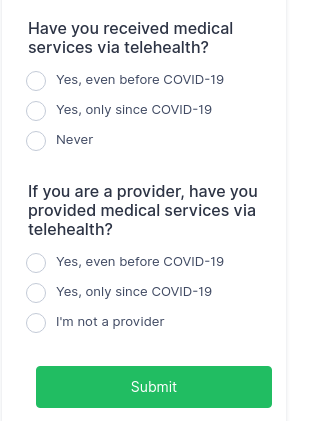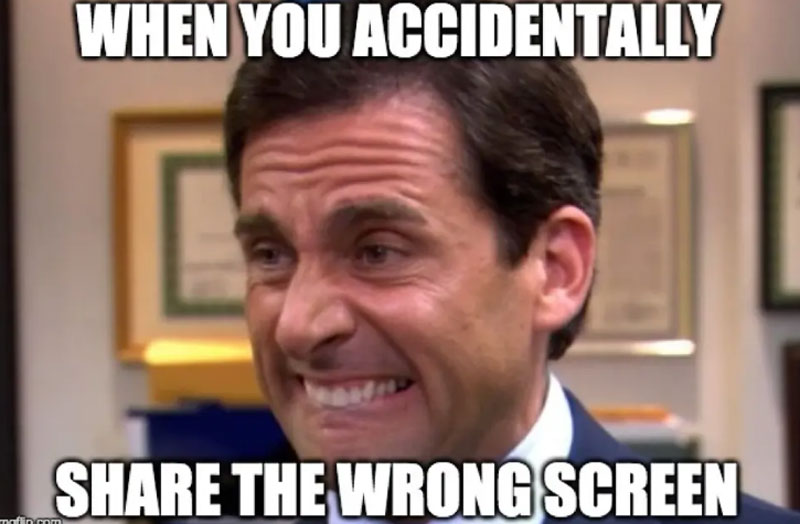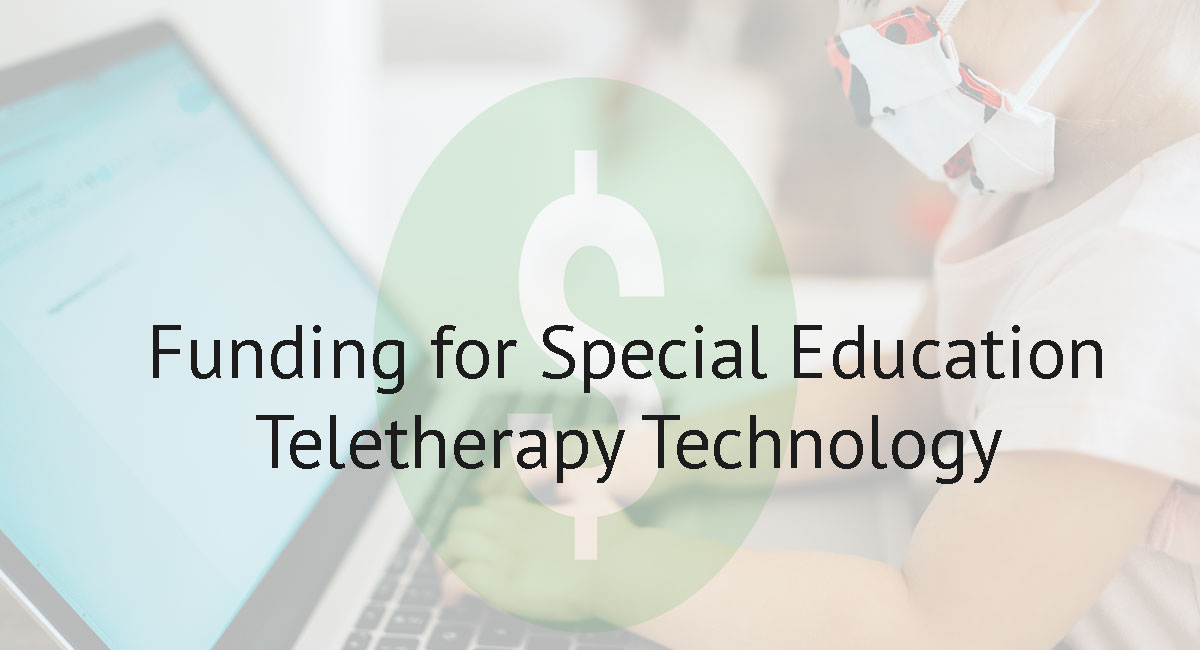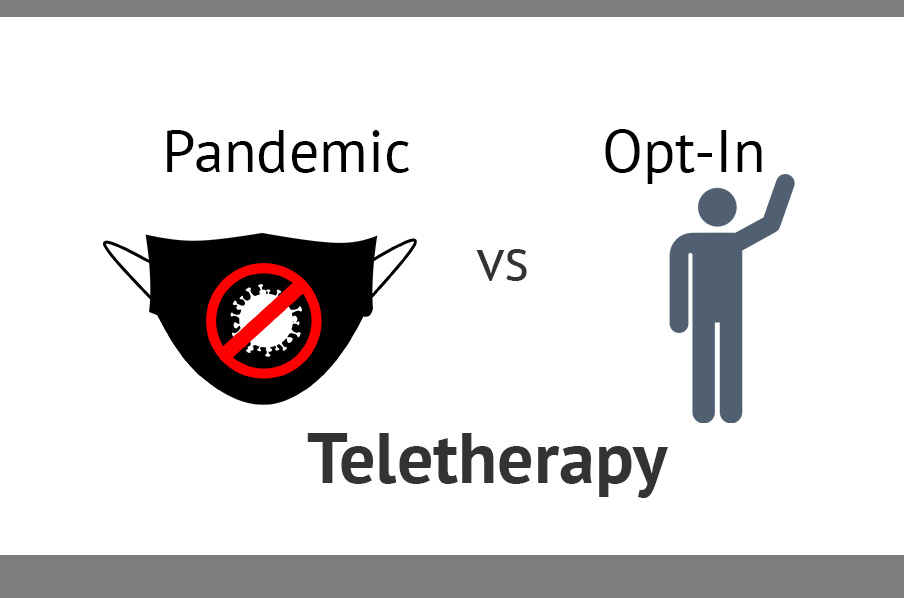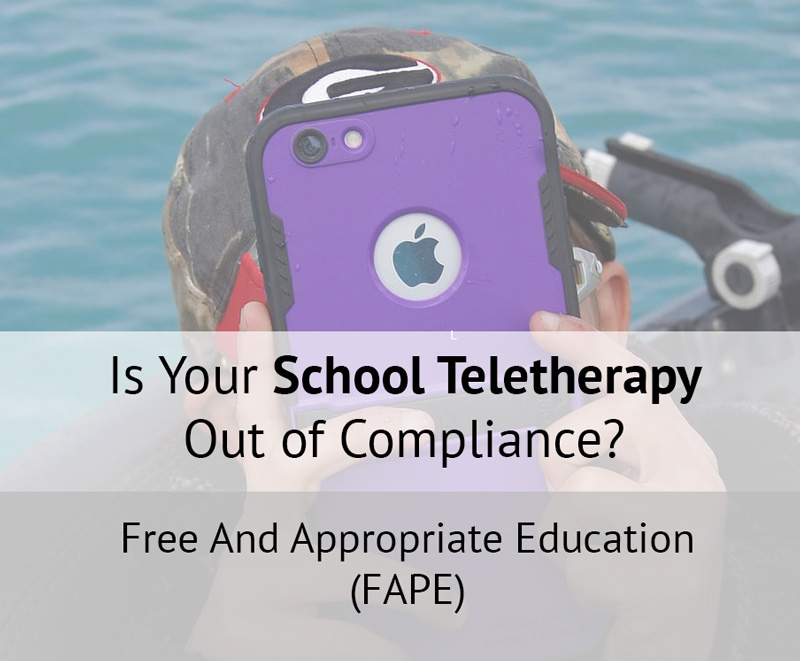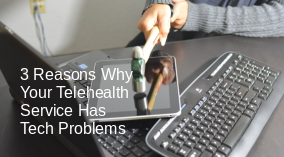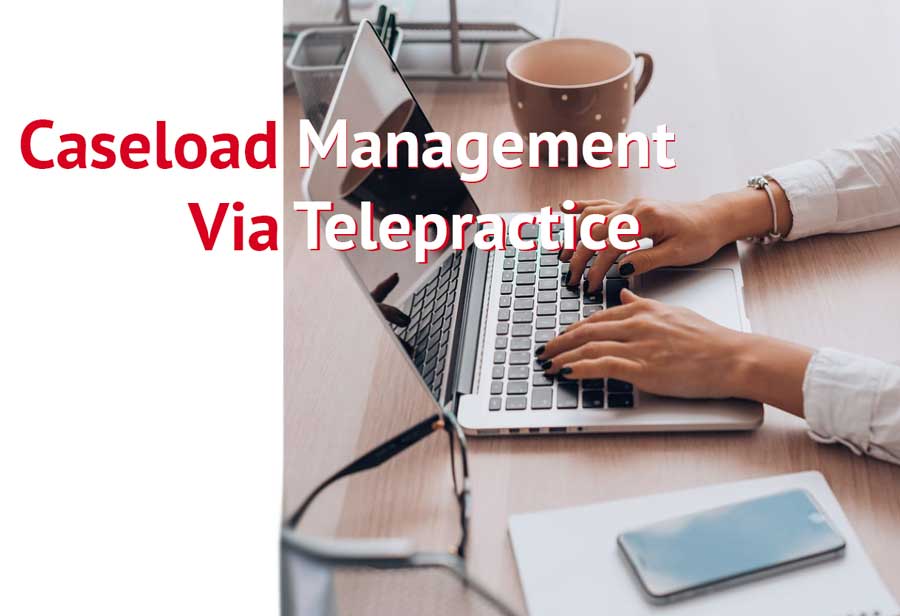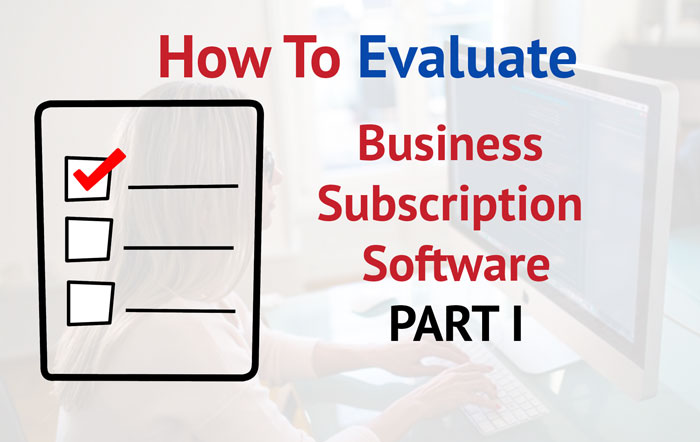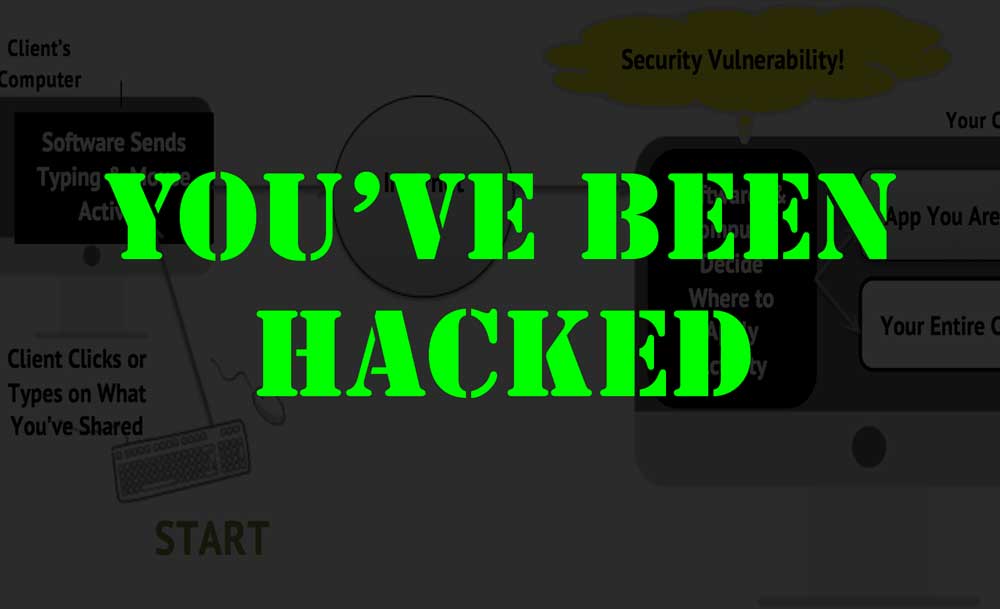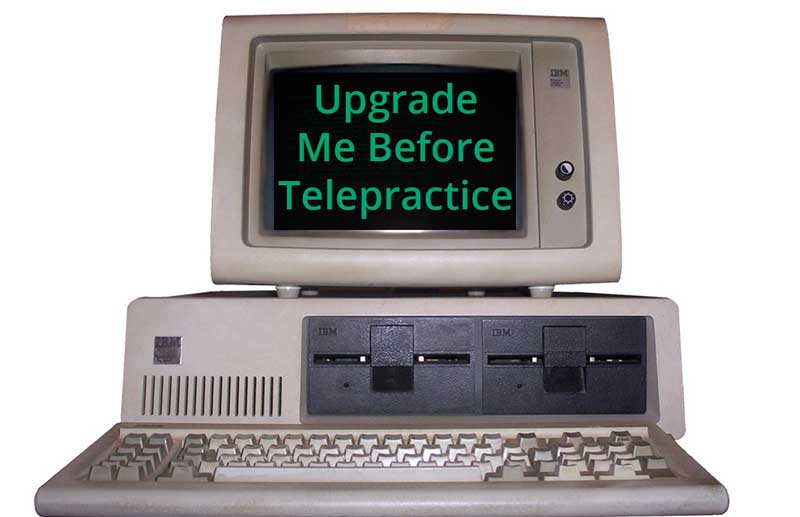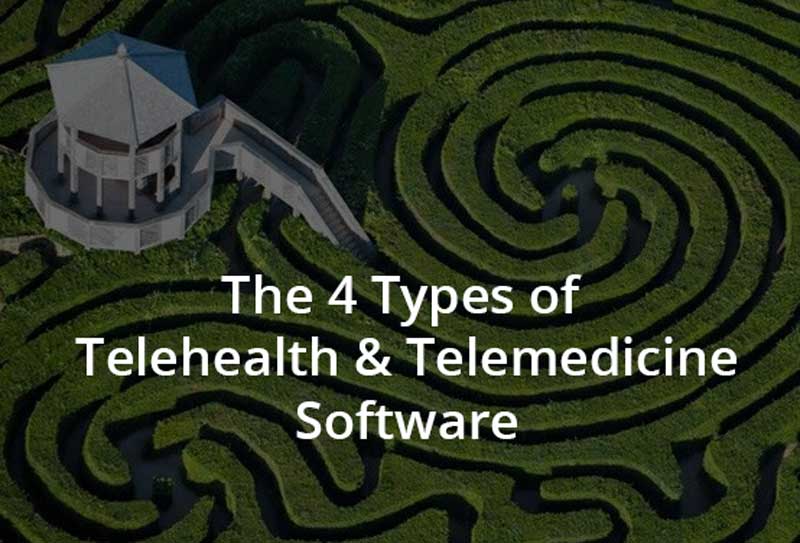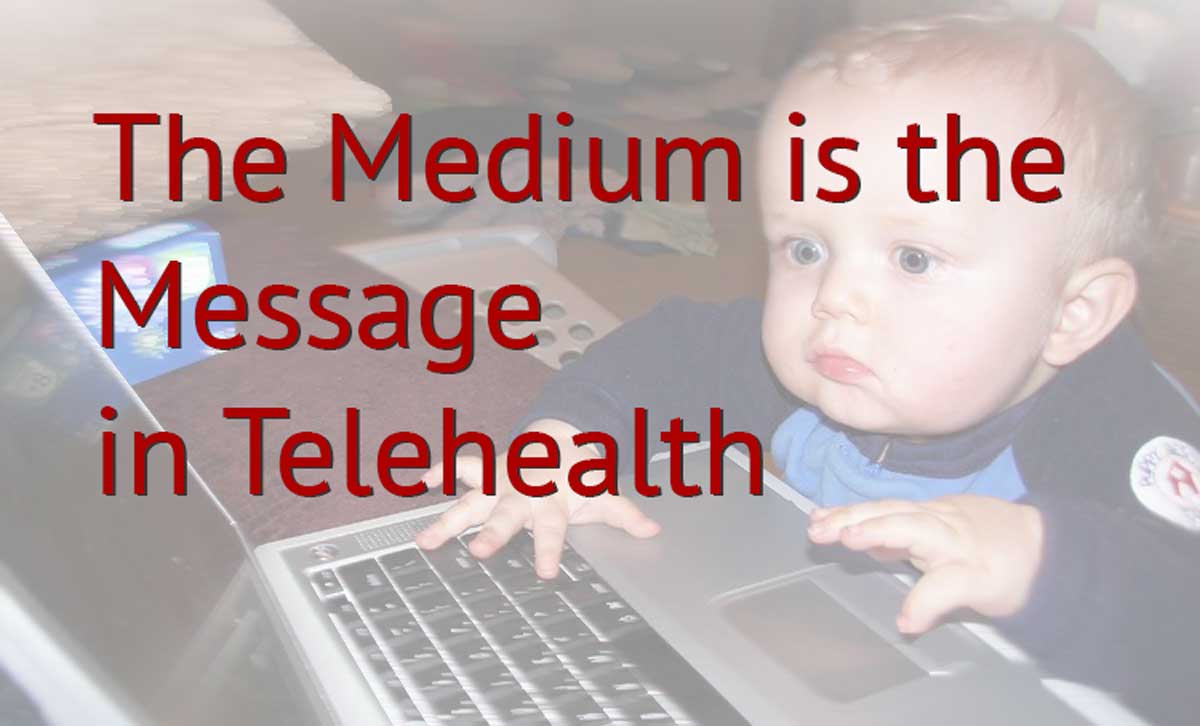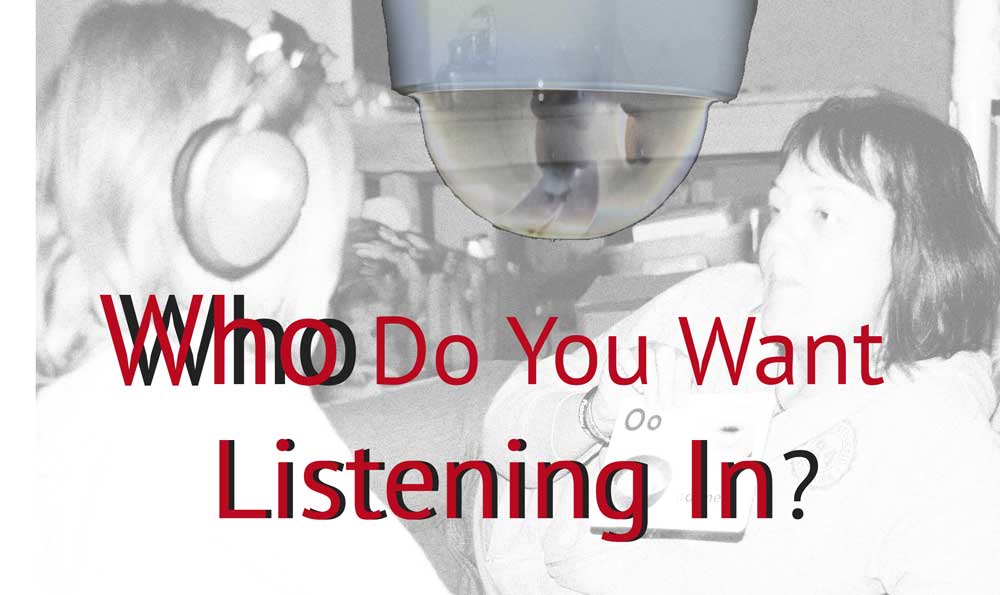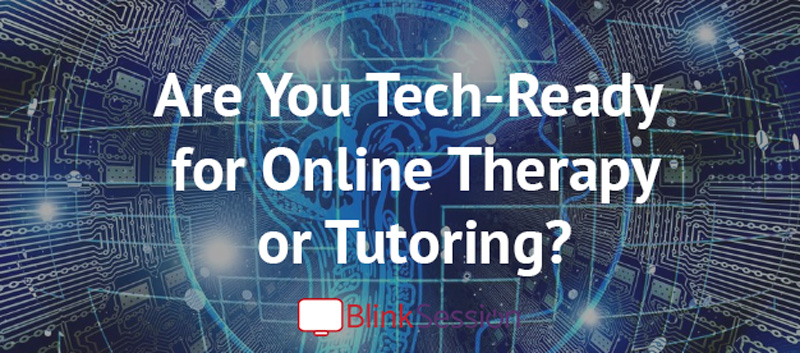After Years of Using Zoom for Teletherapy |

Do you feel lost wandering in the maze of video conferencing and telehealth platforms? Do you wonder: what makes a platform and company like Blink Session different?
We all know: pickup trucks and sports cars are designed for different functions. McDonald's provides a different product and service than Ruth Chris Steak House. All vehicles and restaurants have similarities, but they also have differences.
What makes Blink Session different? What difference will it make for your organization?
1) Different in Purpose - Telehealth is More than a Video Meeting
Many organizations mistakenly view telehealth as simply a video chat alternative to in-person visits. They view telehealth planning as simply shopping for video conferencing software. On one hand, they understand why waiting room decor decisions are important, but they don't know how to apply the same level of analysis to telehealth tech.
Consider the many things needed to provide in-person care. Without a phone, no one could make an appointment. Without scheduling, clients would show up randomly. Without chairs, patients would tire quickly, and probably never return. Without masks and gloves, your providers and patients would be at risk. The list goes on and on.
Providing care via telehealth requires the same attention to detail as your in-person experience. These details are at the heart of what makes Blink Session different in purpose.
When you treat online, you do more than meet; you interact, schedule, document, track, and get paid. We know your client needs to be reminded to meet you online. We knew you would need a system which made it easy for parents with two kids being seen. We knew you would need advanced reporting. We knew you would need tools beyond video that actually help you achieve therapy or other health goals during a session.
We knew this and more because we are focused on a different purpose than simply selling you a video conferencing platform. We are focused on your organization's success in every aspect of telehealth.
2) Different in Design - Tele-Visits are not Business Meetings
There are two aspects to the Blink Session platform: 1) Our dashboard (administrative) features, 2) Our in-session features.
Almost every day I have a video conference meeting with a colleague. Setup for those meetings is not magic. All participants need to know the meeting time and video conferencing software being used. If we use Skype, we both need a Skype ID and the Skype app. If Zoom or Webx, one person needs an account and the other a "link" and the app.
Often, it is hard for adults of the same profession to get a video conference going. Imagine being a telehealth provider who must treat 8-10 patients per day, all on different devices and connections? Imagine the presure when those patients are paying for online visits. If you are making your providers do things like sending Zoom links every day, you likely have a lot of frustrated people.
Blink's dashboard features were designed to improve your telehealth efficiency and reduce frustration (reduce not abolish). With Blink, every provider has a dashboard with their schedule, clients, resources, and other information at their finger-tips. Clients have their own dashboard designed to make it easy for them to join a session, view shared content, or securely messages their provider. Our dashboard features are designed around real-world telehealth operations where things like the ability to securely upload and share documents are as important as waiting room chairs. With regular video conferencing platforms, these features simply do not exist.
Blink's in-session features were designed around the question: "So, you're connected to your client, now what?"
At Blink, most of our provider users conduct 30 minute or longer therapy or other medical visits. Most are seeing patients weekly, and the majority are treating kids or teens. A video connection is simply not enough to keep attention, and certainly not achieve a goal.
Video conferencing AND telemedicine platforms are built for video chats, with other features like whiteboard and screen share, an afterthought. With Blink, a high-quality video connection is vital but whiteboard, resources, games, screen share, and many other interactive features are as important.
Blink's interface is also purposely different for providers versus clients. With regular video conferencing, everyone on the call has the same interface and set of controls, because they are intended for adults conducting business meetings. With Blink, the provider has control over what the client sees, their layout, and what they are allowed to do.
3) Different in Concern - Training & Consulting Designed for Your Success
You would never call Zoom and ask them how to do Speech-Language Pathology or Psychological assessment using their software. If you did, you would be connected to someone in another country that has no idea what you are talking about. But, at Blink, we receive AND provide resources to answer questions like that every day.
A concern for your success is built into the very core of our business. We know your organization's success in telehealth goes way beyond signing up for our technology. For that reason, we brought together experts and created telehealth.training where we provide training and consulting.
A successful and fulfilling telehealth program will always be challenging. It takes planning, expectation management, training, and patients. But, with Blink Session, the differences is: you have an ally with a mission to help you succeed.
Telehealth Quick Poll
